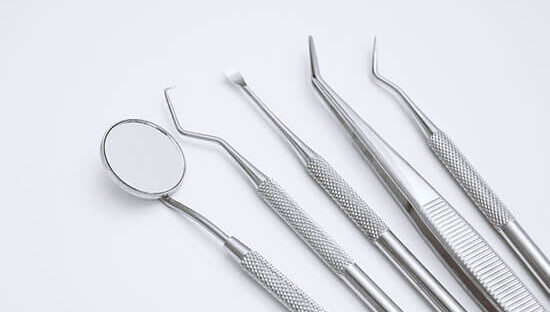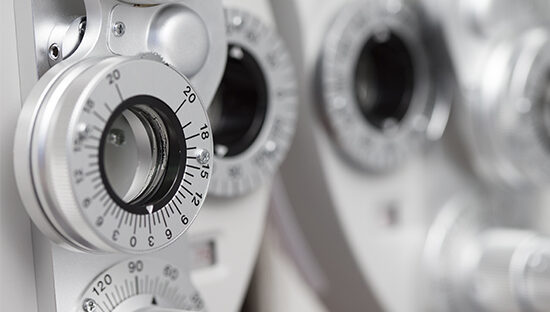
What is a medical device technical file?
The EU 2017/745 Medical Device Regulation (MDR) requires that manufacturers of medical devices produce and maintain a technical file for each of their devices. The intent of this article is to broadly summarise the strict requirements these files must meet.
Before detailing the informational requirements, it’s important to note that the MDR requires that a technical file should be “presented in a clear, organised, readily searchable and unambiguous manner”. It is not just enough to list the required information, the file itself should be carefully presented.
Medical device technical file contents
While there may be some exceptions, most devices will need a technical file with the following information:
- A basic description of the device, including the product name, as well as an unambiguous and traceable way to refer to the exact model of the device (such as a product code or catalogue number, following the Unique Device Identification system described in Annex VI of the MDR).
- Why the device should be considered a medical device, the risk class of the device, and why this risk class was chosen (the guidance for this can be found in Annex VIII of the MDR). It should also include risk management information and a benefit-risk analysis (both of which are described in Annex I). Risk management must meet the following standard:
- ISO 14971:2019+A11:2021 Medical devices — Application of risk management to medical devices
- Who the intended users of the device are, how it is intended to be used (Instructions for Use or IFU), and what it is intended to be used for. It may also be necessary to demonstrate the scientific principles of the device.
- A description of the important parts of the device and their functionality, with diagrams and explanations if necessary. If applicable, the accessories, possible configurations and software of the medical device should also be described.
- An overview of previous or similar versions of the device, if they exist.
- The labels used on the device and its packaging and the instructions for use, which must meet the following standards, respectively:
- ISO 15223-1:2021 Medical devices — Symbols to be used with information to be supplied by the manufacturer.
- EN ISO 17664-1:2021 Processing of health care products — Information to be provided by the medical device manufacturer for the processing of medical devices.
- The raw materials used in the parts of the device that are key to its use or that will in some way interact with a human, as well as information about the suppliers of these raw materials with validation data regarding the manufacturing process. Furthermore, justification for the materials chosen should be present in the form of pre-clinical/clinical data gathered prior to submission of the technical file according to:
- ISO 13485:2016 Medical devices — Quality management systems — Requirements for regulatory purposes.
- ISO 10993-1:2018 Biological evaluation of medical devices — Part 1: Evaluation and testing within a risk management process.
- Proof of conformity with the applicable general safety and performance requirements of the MDR, found in Annex I. This proof should include data that validates conformity, as well as justification for the solutions that were used to meet the requirements.
- Once the device enters circulation, the technical file should be updated with post-market surveillance data that verifies the device’s safety and functionality in real-world situations. This data should include customer feedback and complaints, or any further testing that is performed (further information can be found in Annex III of the MDR).

Class Ir Requirements
Although the MDR doesn’t mention the term “Class Ir” explicitly, the definition of this kind of risk class can be found in Annex VIII. It determines this risk class as class I devices that are “…intended for surgical use in cutting, drilling, sawing, scratching, scraping, clamping, retracting, clipping or similar procedures, without a connection to an active device and which is intended by the manufacturer to be reused after appropriate procedures such as cleaning, disinfection and sterilisation have been carried out.”
Additional considerations are required for the technical file of a class Ir device, compared to a class I device, when it comes to the general safety and performance requirements. To ensure that the device is safe to be reused, the IFU must include instructions for a sterilisation process, a cleaning process, or a disinfection process, as appropriate. The instructions must be unambiguous and specific. For example: the exact sterilisation times and temperatures, or the specific disinfection agent and its procurement options.
Biocompatibility, material-compatibility, and shelf life must be considered when selecting materials used to manufacture a device intended to be reprocessed. Some materials may degrade or react with certain reprocessing techniques, or even become toxic. This is one of the reasons that all processes required for ensuring that the medical device is ready for reuse must be validated, and the data used for validation included in the technical file. The following standards are applicable to validation of instructions for use:
- ISO 15883-5:2021 – Washer-disinfectors — Part 5: Performance Requirements and Test Method Criteria for Demonstrating Cleaning Efficacy.
- EN ISO 17665-1:2006 – Requirements for the Development, Validation and Routine Control of a Sterilisation Process for Medical Devices
- ISO 15883-2:2006 – Requirements and Tests for Washer-Disinfectors Employing Thermal Disinfection for Surgical Instruments, Anaesthetic Equipment, Bowls, Dishes, Receivers, Utensils, Glassware, etc.
The post-market surveillance mentioned in the previous section will also need to include reprocessing data to ensure the IFU are fit for use within a real-world setting.
If you manufacture a device that requires testing, we offer services for IFU validation, biocompatibility testing, or material compatibility assessments. If you require a testing service that you don’t see on our website get in touch and see how we can help.





